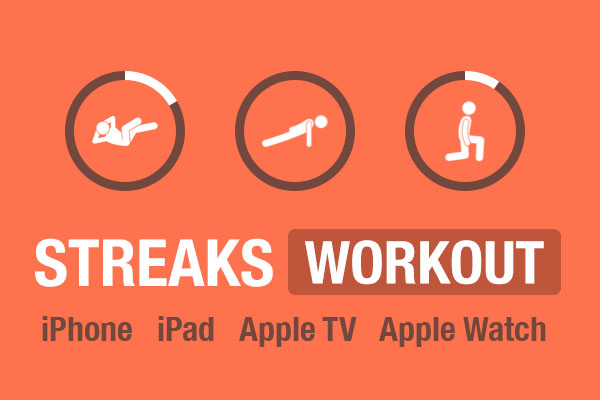Ummmmm, the A-League losses have been falling for years. They are around 10m now. For a national football league with 27 rounds plus finals as well as the FFA Cup and Asian Champions League matches to play all over the nation and the continent - that is a remarkable figure for several reasons.
1. It's the clubs that have lost the money, not the league, with most of it being Sydney FC who have a Russian oligarch as an owner who couldn't care less about this small fry loss relative to his broader business. That being said, even Sydney FC are getting heir financial house sorted.
2. The losses at $10m are a fraction of what they were, with all but 3 clubs either making a profit or going close at last report.
3. Despite the losses, there are people who still desperately want to get A-League licenses in the next round of TV funded expansion, with consortia in Canberra, Wollongong, Townsville, Sutherland Shire, Tasmania, South Melbourne and others....
4. If you think $10m is a lot, because you reference it against the NBL, what you forget is that the football economy is vastly bigger and only now commercialising. $10m is not a lot of money for a tier one sport. The value and annual turnover of Melbourne Victory (estimated on a recent share offering and company reporting at $35m and $15m respectively) dwarf the entire NBL. Dwarf it.
5. Whatever the ratings and attendances dip that the three big football codes are all experiencing now - you can bet most of it relates to the state of the general economy and its impact on discretionary household expenditure, not a fundamental shift in the fundamentals of football (all codes) as a business.
6. Every few years, whatever the state of the A-League, the Socceroos make it rain for football with the Asia Cup and World Cup. With the league capitalised now, football is in a far better position to weather the storm than it has ever been before.
7. A-League clubs are now all planning or building purpose built football academies and community hubs with state governments, state federations and other partners. These will cement them in their communities, create another reveu base for clubs as well as creating football factories to feed the international market.
8. The "government finding" argument has never held water and to use it is desperate. The A-League gets a fraction of what the NRL and AFL get every year. Apart from WSW money that funded their women's team I am aware of no government funding that has gone to the A-League since the $17m LOAN it received when it was re-booted. Government funding to football goes to grass roots facilities, the now infamous WC bid and various sports development programs. Much the same as it does all sport. One of the reasons football gets so much government funding for grass roots sport is that the ASC dole it out of a registered participants basis - and guess which sport is number one by a country mile there? If you want to complain about codes getting funding for infrastructure beyond their registration profile (and Basketball has a legitimate gripe there IMO) you should look at the AFL and NRL. Football haven't got a cent.
9. last but not least, the Whole of Football Plan just launched is a vast 20 year vision of the 2nd wave of reform for football - including its federated model of governance. Do yourself a favour and go have a read. It's precisely this sort of long term thinking that turns a popular grass roots participation sport into a tier one commercial sport.
People comparing the existential trials of the NBL to the growing pains of football and the A-League in particular need to take a tablet. The two sports are incomparable.






